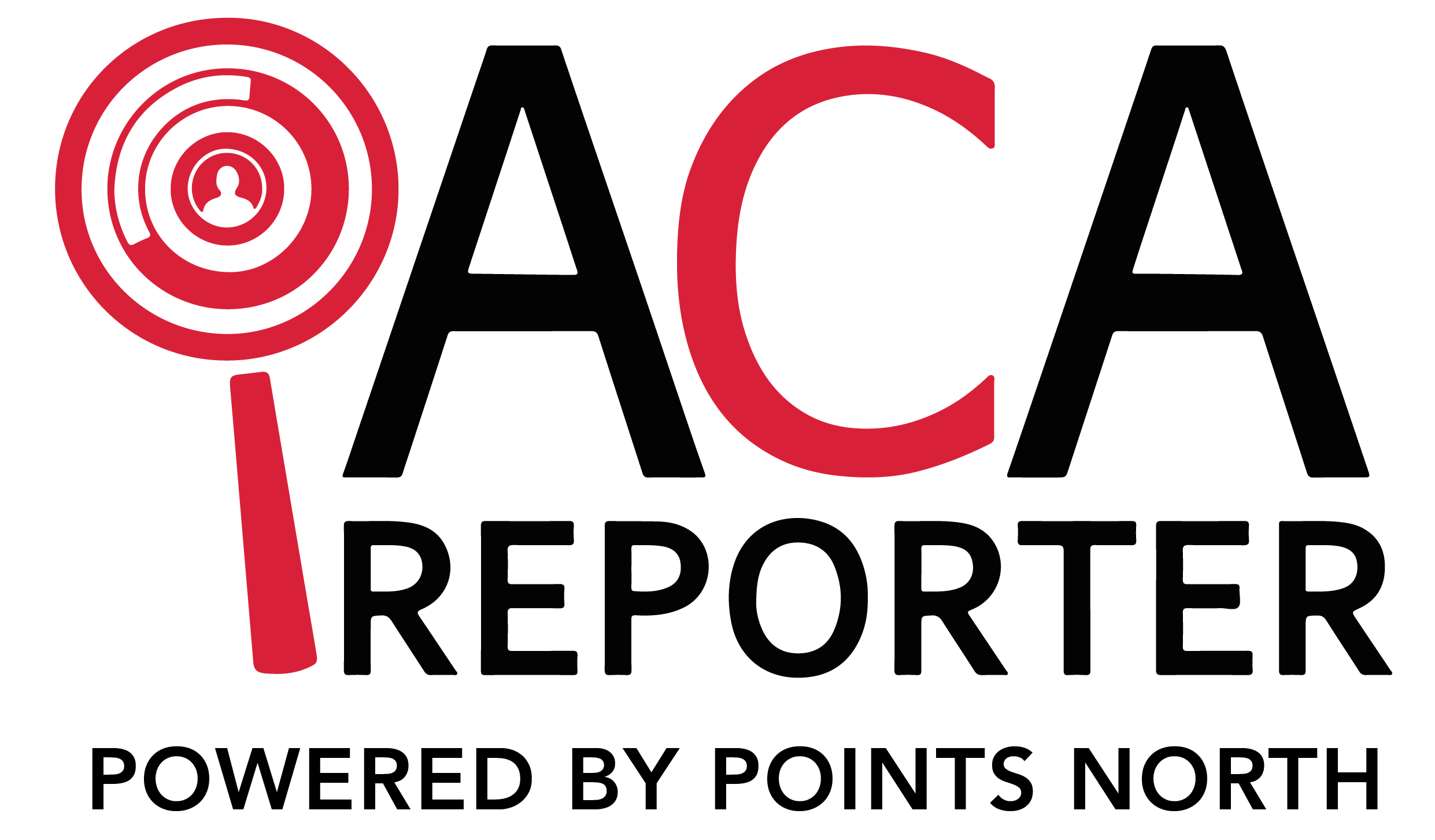The employer mandate states that the employers are responsible for providing affordable health insurance to 95% of their full-time employees (and their dependents under 26). It is applicable to employers with 50 or more full-time employees, and/or full-time equivalents (FTEs). Employees working 30 hours or more per week are considered full-time employees.
The dependents do not include the employees’ spouse according to the legislation; hence employers are not required to offer coverage to spouses. However, coverage should offer at least one medical plan for children under 26. Your dependents do not include your stepchildren or foster kids.
Types of coverage:
Affordable coverage
In employee-only coverage, if the employee contribution is below a certain percentage of an employee's household income (the percentage changes year to year), it is considered affordable coverage.
According to IRS safe harbors, if the cost of self-only coverage is less than the following indexed percentage, it is then labeled as affordable coverage:
- Federal Poverty Level for a single individual
- Employee's monthly wages (hourly rate x 130 hours per month)
- Employee's W-2 wages (reduced by any salary reductions under a 401(k) plan or cafeteria plan)
When determining affordability by applying wellness incentives to the employee contributions, an assumption should be made that the employee earns all wellness incentives associated to tobacco use only.
Minimum value
A plan that pays at least 60% of the cost of covered services (deductibles, copays and coinsurance) is known as a plan that provides minimum value. The minimum value calculator developed by the U.S. Department of Health & Human Services is used to govern if a plan delivers minimum value.
Covering 95% of full-time employees
Consider an employer that has 1000 full-time employees that are working for a minimum of 30 hours per week. The employer is bound to offer medical coverage to at least 950 full-time employees and their dependents in order to meet the requirement to cover 95% full-time employees.
If an employer is 500 full-time salaried employees better-offered coverage and 500 full-time hourly employees who are not offered coverage, the company is not meeting the 95% requirement and needs to offer 450 hourly employees and their dependents medical coverage to meet the requirement.
If the employer is offering coverage to 950 full-time employees and their dependents out of 1000 and only 650 of these employees enroll in coverage, the company is complying with the requirement. Hence the compliance is not dependent on the employees enrolling for the coverage but rather on the number of employees that are offered the coverage.
Determining the number of full-time employees
There are various complex calculations that can be used TO determine which employees should be given full-time status. It is advised that the employers consult legal counsel for these calculations.
- Employees working an average of 30 hours per week or 130 hours per calendar month including vacation and paid leaves of absence are considered full-time employees.
- To determine whether the employer mandate applies to part-time employees, part-time employees’ hours are used to determine their number equal to full-time employees. The number of hours worked by part-time employees or employees working less than 30 hours is taken and divided by 120.
When counting part-time or seasonal employees, and how many full-time employees they equate to, there are a few things to remember:
- The seasonal employees working in the US are counted only.
- Employees working in educational institutes are considered full-time employees regardless of them not working full-time year-round.
- Seasonal employees working less than six months are not considered full-time employees.
- Schools with additional faculty can acclaim 21/4 hours of service per week of this faculty to be equivalent to one hour of classroom time.
- If students work in federal or state-sponsored work-study programs, the number of hours worked will not be counted in determining if they are full-time employees.
Waiting periods imposed by employers for employees to become eligible for coverage should be less than 90 days. These 90 days include all holidays and weekends. Coverage should begin on the 91st day after the hire date. Employers can also choose to have waiting periods of less than 90 days.
Penalty, Mandate Reporting, Subsidized Coverage, and Penalty Assessment
If the employers fail to offer the coverage, they can face a large penalty per full-time employee. In case the employer is offering coverage, but it is not affordable or below minimum value, they could face penalties as well.
Every large employer is required to file an annual report that guarantees the employer mandate is being followed. The report should contain information about all employees who were offered and accepted coverage, cost of that coverage on a monthly basis, etc.
Every year public marketplaces are required to send notices to those employers that have not followed employer mandate and owe a penalty. The notices will alert employers if any of their employees received a subsidy through the marketplace. Employers should file an appeal within 90 days if they believe there was an error. Employers should maintain documentation and records as proof of their compliance with the employer mandate.
When IRS has received individual tax returns and employer reporting for a given calendar year, it determines whether an employer has met its employer mandate requirements or is subject to a financial penalty. The penalty is called the Employer Shared Responsibility Payment (ESRP). The IRS will send the employer an IRS Letter 226J.
When the employer receives the letter, he should immediately respond back. The employer has 30 days’ time do respond with the correct documentation and data so that the ESRP is reduced or eliminated based on the correct data. The IRS will review these documents and send a notice 220J to the employer informing about the final amount of the penalty that is to be charged for the month.
Many companies rely on ACA Reporter for their reporting needs. If you need any assistance in ACA reporting. Contact us!




.png)
